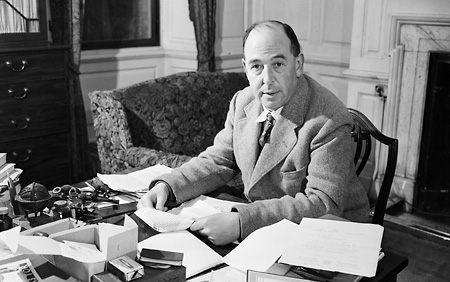Dr. Ford was a Benedictine monk at St. Andrew’s Abbey, Valyermo, from 1973–1978. He was the first Roman Catholic in the doctoral program at Fuller Theological Seminary in Pasadena. He is known as C.S. Lewis expert. He wrote, Companion to Narnia, and C. S. Lewis: A Reader’s Encyclopedia
“Notes on Essays and Books of C. S. Lewis” will give a background for Lewis’ book. For example, “The Letters to Malcolm” is the modern version of the letter of Augustine to the lady from Africa. I did not know that C.S. Lewis is heavily influenced by the writings of Augustin. After reading Dr. Ford’s note, I can understand better where Lewis’ idea came from. If you like C.S. Lewis and it will be very interesting to find out where the original idea came from. It was from St. Augustine and then Thomas Aquinas and George McDonal and then C.S. Lewis. Here is one comment on CS Lewis and Augtsine.
C. S. Lewis’s theology of prayer echoes St. Augustine’s, especially in his commentary on the First Letter of John: “The entire life of a good Christian is in fact an exercise of holy desire. You do not yet see what you long for, but the very act of desiring prepares you, so that when he comes you may see and be utterly satisfied. Suppose you are going to fill some holder or container, and you know you will be given a large amount. Then you set about stretching your sack or wineskin or whatever it is. Why? Because you know the quantity you will have to put in it and your eyes tell you there is not enough room. By stretching it, therefore, you increase the capacity of the sack, and this is how God deals with us. Simply by making us wait he increases our desire, which in turn enlarges the capacity of our soul, making it able to receive what is to be given to us.” This theology of desire expressed through prayer is developed by St. Thomas Aquinas (see below, under “Dogma and the Universe”) and is echoed in George MacDonald’s theology of prayer and comes to full flower in Letters to Malcolm.

